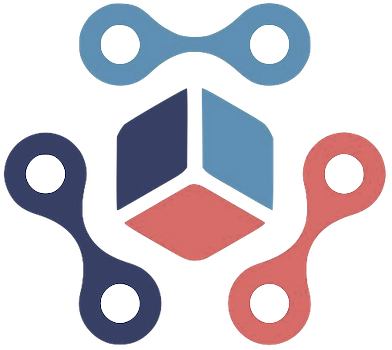In the fast-evolving landscape of artificial intelligence, leadership transitions often serve as a catalyst for strategic shifts. The recent takeover of Stability AI by Akkaraju and Parker exemplifies this phenomenon. Their swift assumption of executive and boardroom power was not just about control but about steering the company toward a new trajectory. Unlike their predecessors, who perhaps envisioned AI as an expansive frontier to conquer, Akkaraju and Parker’s approach appears methodical and pragmatic. They have deliberately distanced themselves from direct competition with giants like OpenAI and Google, pivoting instead toward creating tools that integrate seamlessly within existing creative workflows. This leadership style reflects a broader industry trend: focusing on applying AI’s capabilities rather than continuously building from scratch. Their emphasis on developing ancillary applications—particularly in Hollywood—signals a strategic move to capitalize on AI’s potential to augment rather than replace human creativity.
This leadership shift underscores a clarity of purpose that many in the AI community have been slow to embrace. In an arena dominated by lofty ambitions of universal AI, Akkaraju’s focus on practical solutions positions his company as an enabler within the entertainment industry—a move that may prove more sustainable and profitable than chasing the elusive goal of artificial general intelligence. Such leadership also demonstrates a recognition that AI’s true applicability might lie in enhancing existing industries rather than reinventing them entirely, a stance that could redefine how AI companies position themselves amid fierce competition.
Hollywood’s AI Transformation: From Concept to Reality
The entertainment industry stands on the cusp of a revolution driven by AI, and recent developments highlight how far we’ve come from mere prototypes to real, deployable tools. The deal struck between Runway and Lionsgate epitomizes this shift. Access to proprietary film catalogs for training means AI isn’t just a novelty but becoming an integral part of Hollywood’s ecosystem. Achieving rapid content creation—shrinking the process from weeks to mere minutes—illustrates AI’s disruptive capacity. Industry insiders like Cristóbal Valenzuela foretell a future where small teams achieve feats once reserved for massive studios and budgets, democratizing filmmaking in a way that transcends traditional barriers.
This accelerative trend is more than technological; it’s cultural. Studios, previously cautious and conservative, now show signs of embracing AI as a creative partner. Amit Jain’s observation about the shift in tone in Hollywood is noteworthy—what once was skepticism has been replaced by strategic testing and experimentation. This fluid mindset suggests that Hollywood’s future will be intertwined with AI, not as a fleeting experiment, but as a core part of the creative process. AI’s role in scripting, editing, visual effects, and even acting promises to redefine production standards, potentially reducing costs while increasing creative possibilities.
Market Dynamics and the Race for Dominance
The influx of capital and talent into AI-powered media tools signifies a competitive landscape where innovation is critical. Moonvalley’s partnership with Hollywood studios demonstrates a recognition of AI’s potential, though widespread adoption remains cautious. Yet, the visible investments and testing signals reveal an industry increasingly open to AI’s possibilities, pending evidence of reliability and creative value.
Leadership within AI firms, exemplified by Akkaraju’s hands-on approach—characterized by his wealth, confidence, and a focus on pragmatic growth—plays a vital role in shaping this market. His decision to reposition Stability AI away from building top-tier models to developing application layers indicates a strategic understanding of resource allocation and market needs. This “software-as-a-service” model aligns with a broader shift in the tech industry: providing tailored, user-friendly solutions that integrate into existing workflows and technologies rather than competing head-on with tech giants on raw model performance.
This strategy not only reduces costs but also positions Stability AI as a facilitator rather than a rival. Such positioning can attract a wider user base, from independent creators to major studios, fostering a more inclusive and innovative AI ecosystem—one that prioritizes utility and creative enhancement over monopoly.
As AI continues its inexorable march into Hollywood and beyond, the true transformative power will lie not just in what the technology can do but in how leadership shapes its deployment. Akkaraju’s pragmatic, creator-centric approach suggests a future where AI becomes an invisible collaborator more than a disruptive force. For the industry, this transition represents a shift from an era of hype and competition to one of collaboration and practical application. The industry’s willingness to test and invest in AI tools—coupled with visionaries who prioritize user experience—might just lead to a renaissance of creativity powered harmoniously by human ingenuity and artificial intelligence.

